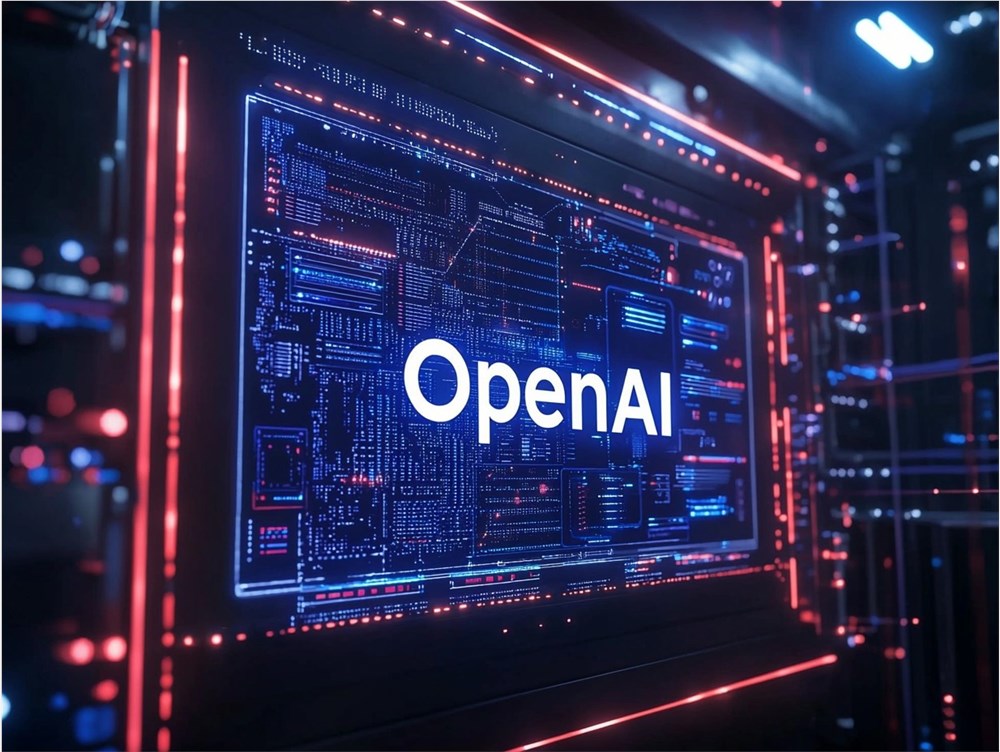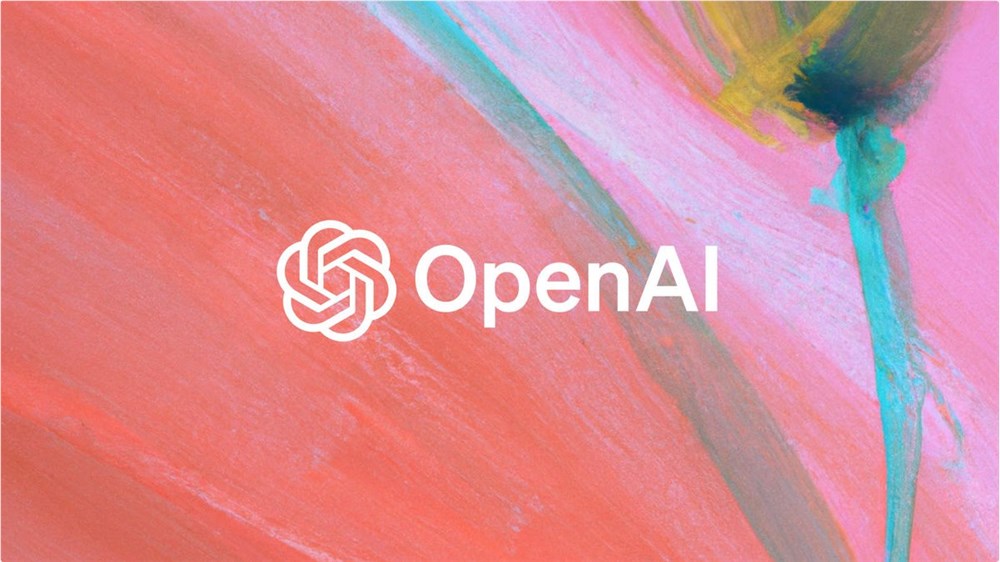OpenAI once again leads the trend in artificial intelligence technology with the introduction of the new gpt-4o-audio-preview model. This model not only demonstrates remarkable capabilities in voice generation and analysis but also opens up new possibilities for human-computer interaction. Let's delve into the features of this innovative model and its potential applications.
The core functions of gpt-4o-audio-preview include three main aspects: Firstly, it can generate natural and fluent voice responses based on text, providing strong support for applications such as voice assistants and virtual customer service. Secondly, the model has the ability to analyze the emotion, tone, and pitch of audio inputs, which has broad applications in the fields of affective computing and user experience analysis. Lastly, it supports voice-to-voice interaction, where audio can serve both as input and output, laying the foundation for a comprehensive voice interaction system.

Compared to OpenAI's existing Realtime API, gpt-4o-audio-preview focuses more on the details of voice processing. It excels in voice generation, emotion analysis, and voice interaction, particularly in handling subtle features such as tone and emotion. In contrast, the Realtime API is more focused on real-time data processing, suitable for scenarios requiring immediate feedback, such as real-time voice-to-text or instant translation for continuous interaction applications.
The flexibility of gpt-4o-audio-preview is reflected in its support for multiple mode combinations. Users can choose text input to generate both text and audio output, or use audio input to obtain text and voice output. Additionally, it supports audio-to-text conversion and mixed input modes, providing developers with a rich array of options.
In terms of pricing, OpenAI adopts a token-based billing model. The price for text input is relatively low, at approximately $5 per million tokens. Text output is slightly higher, at about $15 per million tokens. The cost for audio processing is relatively high, with input at $100 per million tokens (approximately $0.06 per minute) and audio output at $200 per million tokens (approximately $0.24 per minute). This pricing strategy reflects the complexity of audio processing and the demand for computational resources.
The introduction of gpt-4o-audio-preview is undoubtedly set to bring transformative impacts across multiple industries. In the customer service sector, it can provide a more natural and emotionally rich voice interaction experience. In the education industry, this technology can be used to develop intelligent language learning assistants to help students improve their pronunciation and intonation. In the entertainment industry, it has the potential to drive more realistic voice synthesis and virtual character interaction. Additionally, in assistive technology, gpt-4o-audio-preview may offer more accurate voice-to-text services for the hearing impaired or richer voice descriptions for the visually impaired.
Details: https://platform.openai.com/docs/guides/audio/quickstart








